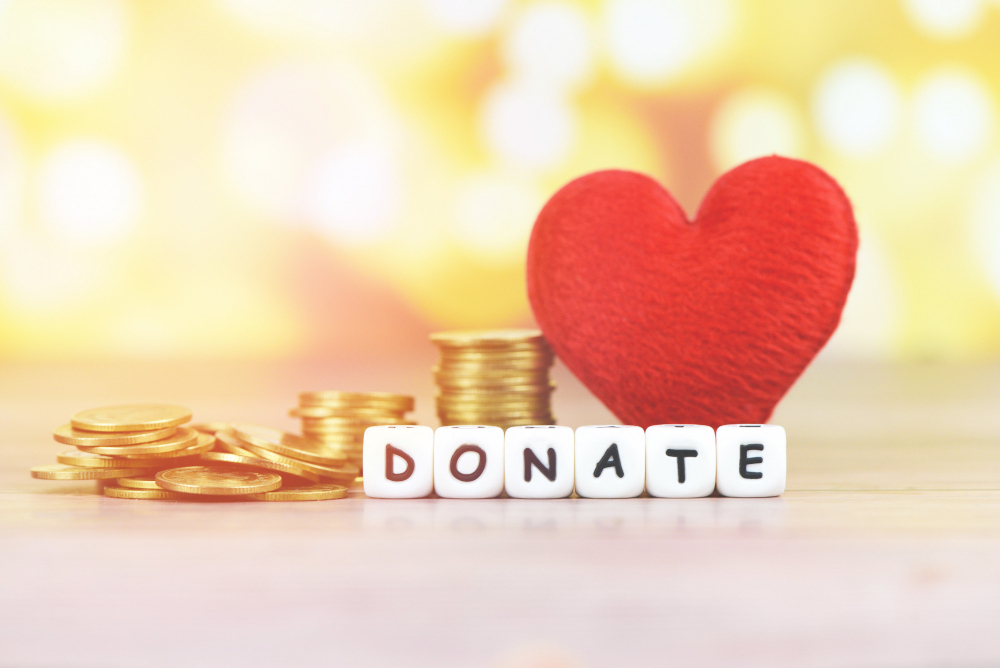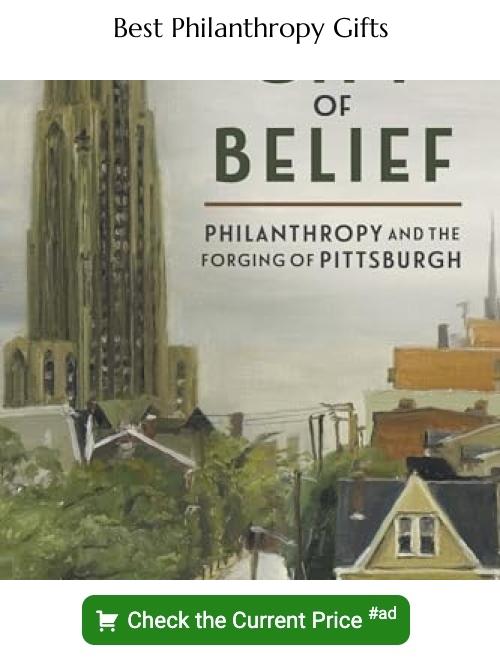Last updated on
In the vast expanse of today’s world, where challenges and needs seem endless, the act of giving holds a power beyond measure. It’s about more than just the monetary value; it’s about the impact, the lives changed, and the futures brightened.
This journey of philanthropy, where every dollar contributes to a larger cause, echoes the profound belief that together, we can make a difference.
The Ripple Effect of a Single Contribution

Consider for a moment the potential of a single dollar. It might seem insignificant in isolation, but when pooled with others, its power magnifies. This is the essence of collective impact – the idea that when individuals come together, their combined efforts can achieve what might have seemed impossible alone.
Your donation, no matter the size, joins a sea of contributions, each playing a critical role in the grand scheme of positive change.
Small Acts, Big Changes
It’s easy to underestimate the value of small contributions, but history and experience have shown us that they are the backbone of philanthropy. A few dollars from a large group of people can fund an entire community project, provide essential resources for a struggling family, or kickstart an innovation that solves a critical problem.
The beauty of small acts of charity is that they add up, creating a sum much greater than their parts.
The Butterfly Effect in Philanthropy

There’s a concept known as the Butterfly Effect – the idea that a small action in one place can lead to significant effects elsewhere. This concept is deeply resonant in the world of philanthropy. Your contribution, while seemingly modest, can set off a chain reaction of positive outcomes.
It can inspire others to give, multiply in impact through matching grants, or provide the necessary funding that gets a vital project off the ground.
Empowering Communities
One of the most remarkable aspects of philanthropic giving is its ability to empower communities. By contributing to causes that support education, health, and welfare, you’re not just giving aid; you’re providing the tools and resources for people to help themselves.
This empowerment leads to sustainable change, where communities can continue to grow and thrive long after the initial contribution.
The Personal Benefits of Giving
Philanthropy isn’t just about the recipients; it’s also about the givers. There’s an undeniable sense of fulfillment and purpose that comes from knowing you’re contributing to something bigger than yourself. Furthermore, studies have shown that giving can have positive effects on your mental and physical health, reducing stress and promoting a sense of well-being.
Your Impact on Future Generations
When you give, you’re not just affecting the present; you’re helping to shape the future. Contributions to education and youth programs, for instance, invest in the next generation of leaders, thinkers, and doers. This investment in young minds ensures a more knowledgeable, compassionate, and innovative society in the years to come.
The Global Reach of Your Generosity
In today’s interconnected world, your philanthropy can have a global reach. Contributions to international causes can provide relief in disaster areas, support global health initiatives, or protect the environment. This global perspective reinforces the idea that we are all part of a larger, shared humanity.
A Chain Reaction of Good
The journey of philanthropy is a remarkable one, where every dollar contributed plays a vital part in a larger narrative of hope, change, and progress. The impact of your philanthropy stretches far beyond the immediate benefits; it creates a chain reaction of good, spreading from individual to community, from present to future, and from local to global.
Remember, in the grand tapestry of making a difference, every thread counts – and your contribution is a crucial part of that beautiful picture.
Recap





